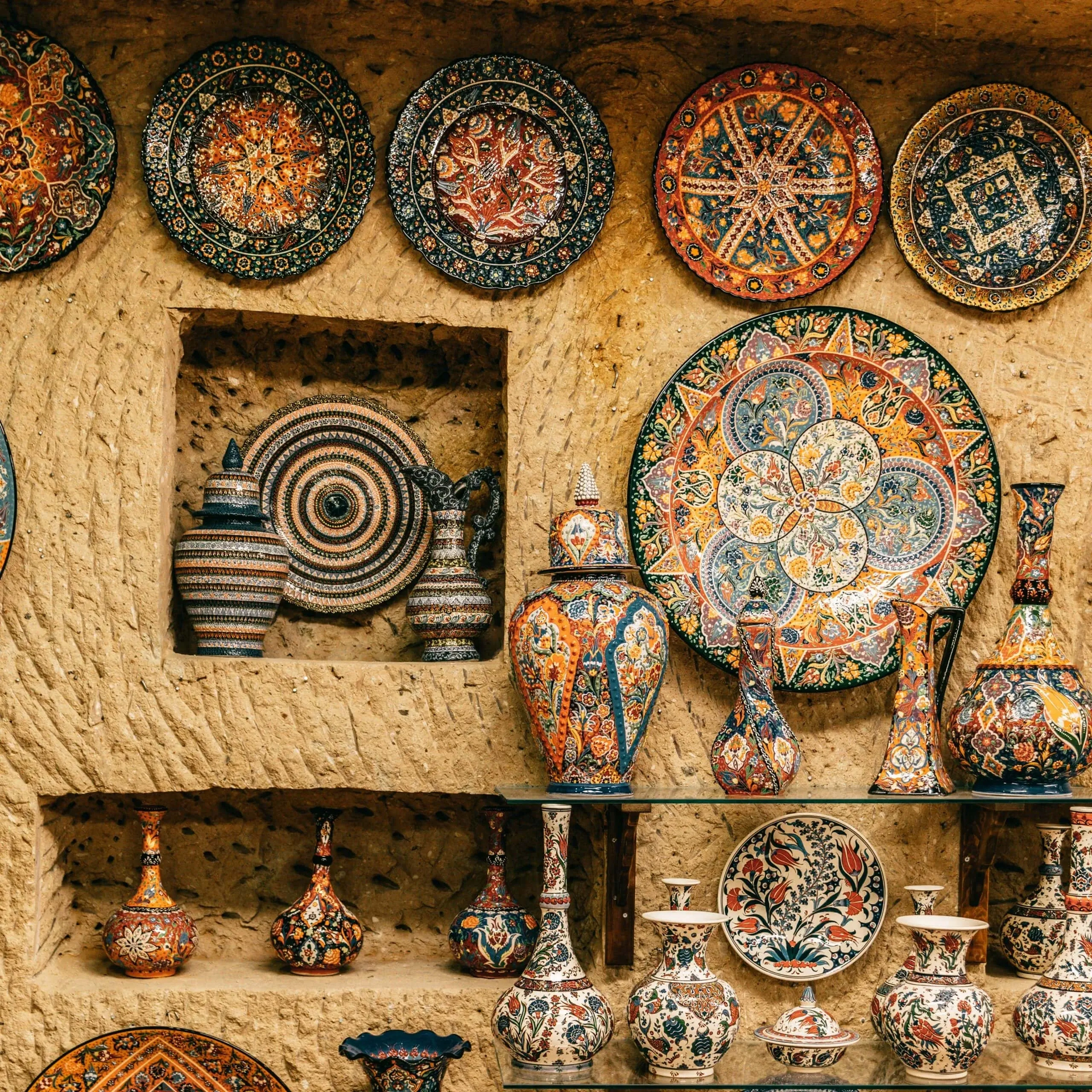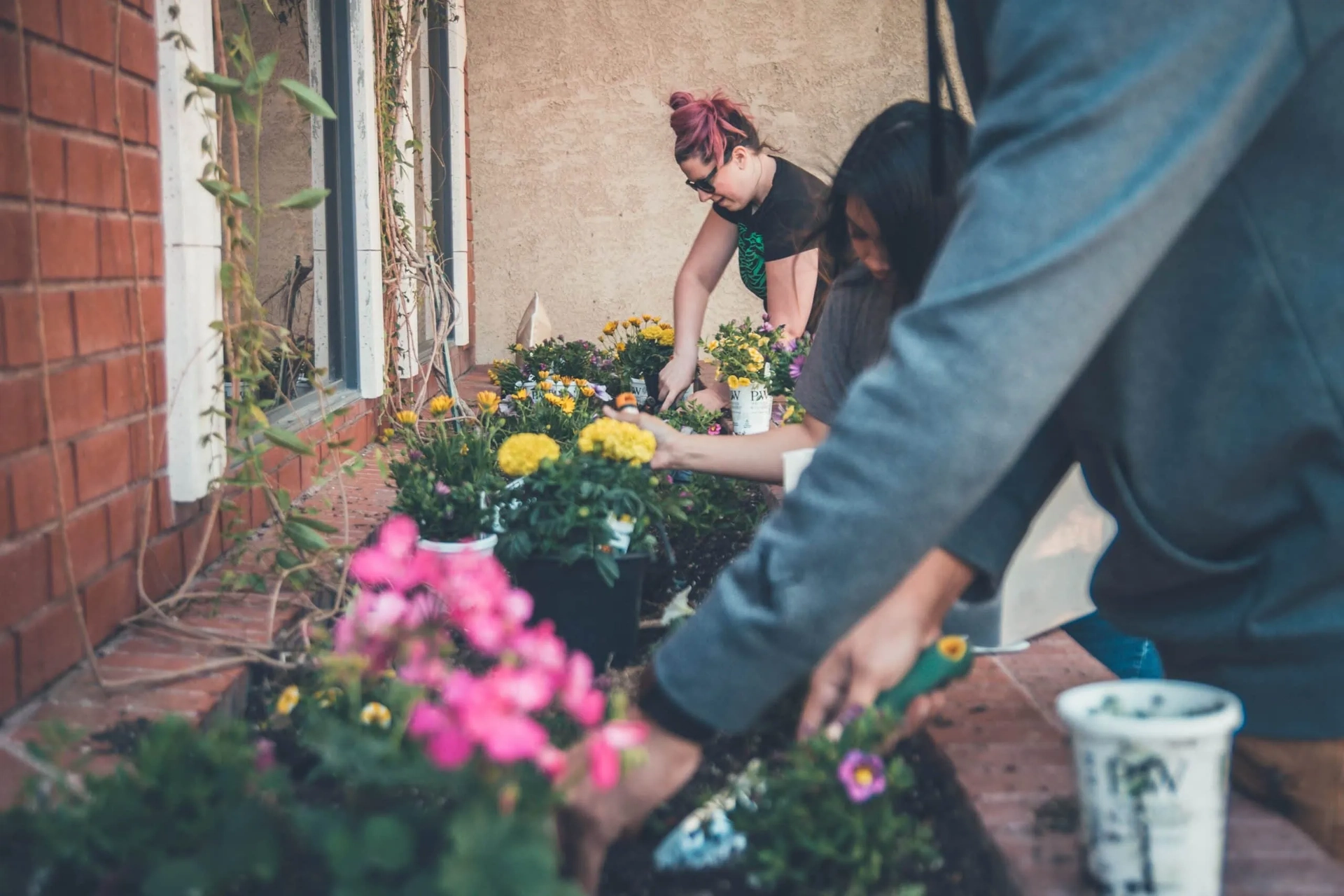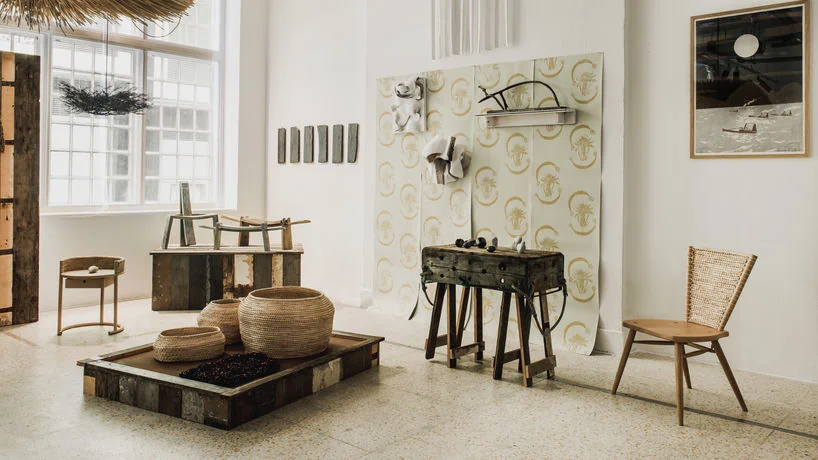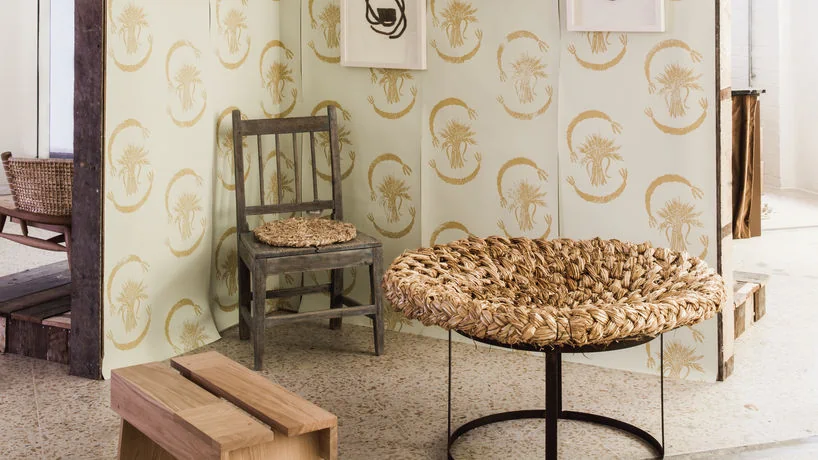The Makers Movement.
AI and craft are two concepts that intersect but are distinctly different. Crafts involves handmade skill whilst AI requires computer systems.
The maker’s movement is a contemporary phenomenon that celebrates artistry, skills and traditions associated with handmade and artisanal creations. Rooted in desire for authenticity, uniqueness and a connection to heritage, craft culture has gained immense momentum in recent years. It encompasses a wide range of artistic disciplines from traditional crafts like woodwork and pottery to more modern expressions such as sustainable fashion practices.
At it’s core, craft culture is characterised by a deep appreciation for the process of creation. Craftspeople embrace the tactility of working with materials, honing the specialised techniques, and the pursuit of aesthetic excellence. These artisans often prioritise quality over quantity, placing emphasis on producing items that are meticulously crafted and reflect a personal touch.
This is exactly what consumes are craving, the physicality of items that leverage the artist’s touch. Humans feel the pull of physical and the presence of craft allows consumers to be more present, more aware, and help bring back the enjoyment of process and experience. Many will reject the perfection of AI in favour of the serendipitous mistakes that define design from a human perspective.






